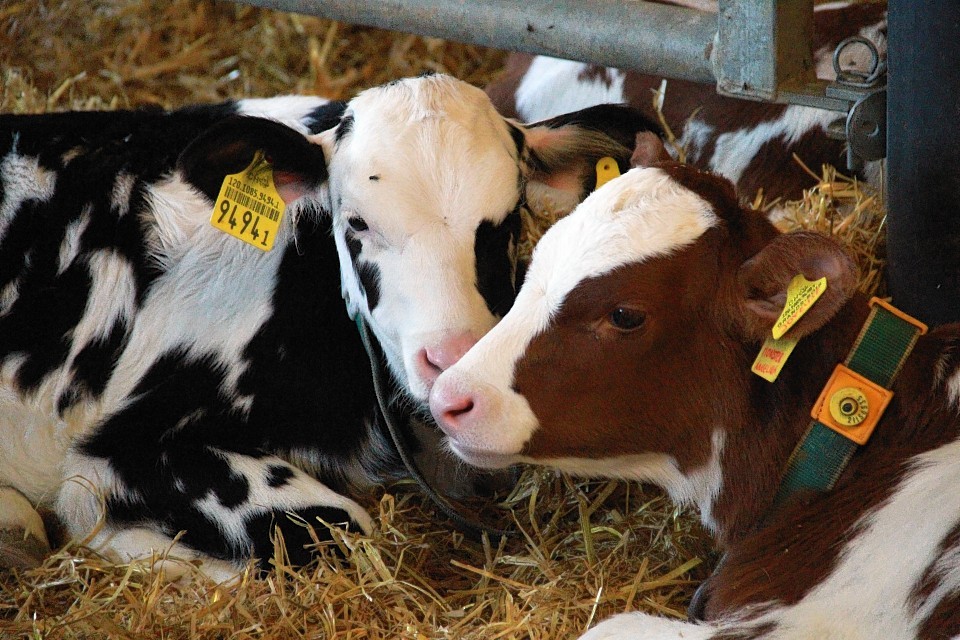Dairy farmers could drive down one of their highest on-farm costs and boost profitability by paying closer attention to young stock rearing and heifer management.
Karen Wonnacott, ruminant nutritionist for ForFarmers, said young stock rearing accounted for about 20% of a dairy farm’s expenses, yet few farmers were really taking the time to ensure they were getting the huge financial investment exactly right.
Speaking at the BSAS Feed Science Forums at the Livestock Event, she said more farmers needed to realise that calves and heifers were the future profit for their farm, which made it vital they were managed properly.
“On a dairy unit decisions are made based on data, whether that’s milk yields, cell counts or feed costs. But heifer management is more touchy-feely: historically it’s been a more emotive practice,” she said.
“The industry is putting a lot of money and effort into these animals, so we should be helping them to perform to their best.”
Ms Wonnaccott said there were key targets producers should aim for which were built around providing the best nutrition for animals. These involved providing good-quality colostrum within the first six hours of birth and providing quality starch from day four to help develop the rumen before animals were weaned at eight weeks.
“Nutrition is fundamental, so it’s vital to have a youngstock feeding plan,” she said. “A rule of thumb is to double the birthweight by weaning at eight weeks, by which time they should weigh 110kg. You should serve at 13.5 months when the animal is at 55% of its mature body weight, and calve at 24 months when it is 85% of its mature body weight.
“The target feeding rate to achieve that 85% of mature bodyweight at calving is more than 800g/day for Holsteins.”
While there were clear targets, Ms Wonnaccott said the key to any changes were to measure, monitor and manage to ensure they were having a beneficial effect.
“Your measuring system doesn’t have to be fancy, you can use weigh sales or draw a line, but be consistent so you can see the benefits,” she said.
“Times are tough, so we need to focus on all these aspects to get performance right and be profitable. These animals are key to your business success, so focusing on nutrition and taking heifer and calf-rearing seriously is important.”
